Binary and beyond: Gender and representation in stock imagery
With the recent introduction of our Adobe Stock Advocates program, we strive to build a more diverse and inclusive stock collection by inviting you, as visual creatives, to take part.
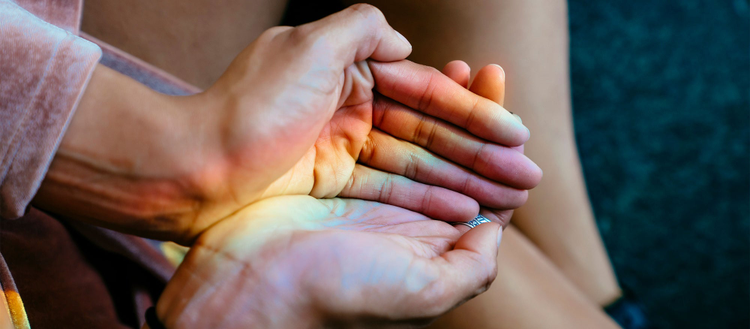
Image source: Adobe Stock / Inti St. Clair/Stocksy.
Throughout our history, gender has always been expansive: consider the over one hundred defined genders specific to Indigenous/Native/First Nations communities, and India’s legally-recognized hijira gender, which dates back thousands of years.
Though the existence of trans and genderfluid communities is established across some cultures, a full spectrum of gender is not fully reflected in the media and the stock content landscape — not yet. But times are changing — consumers and brands have a clear appetite for more accurate representation of the world. We can get there by ensuring media collections offer inclusive imagery — and at Adobe Stock, we’re all in. With the recent introduction of our Advocates program, we strive to build a more diverse and inclusive stock collection by inviting you, as visual creatives, to take part.
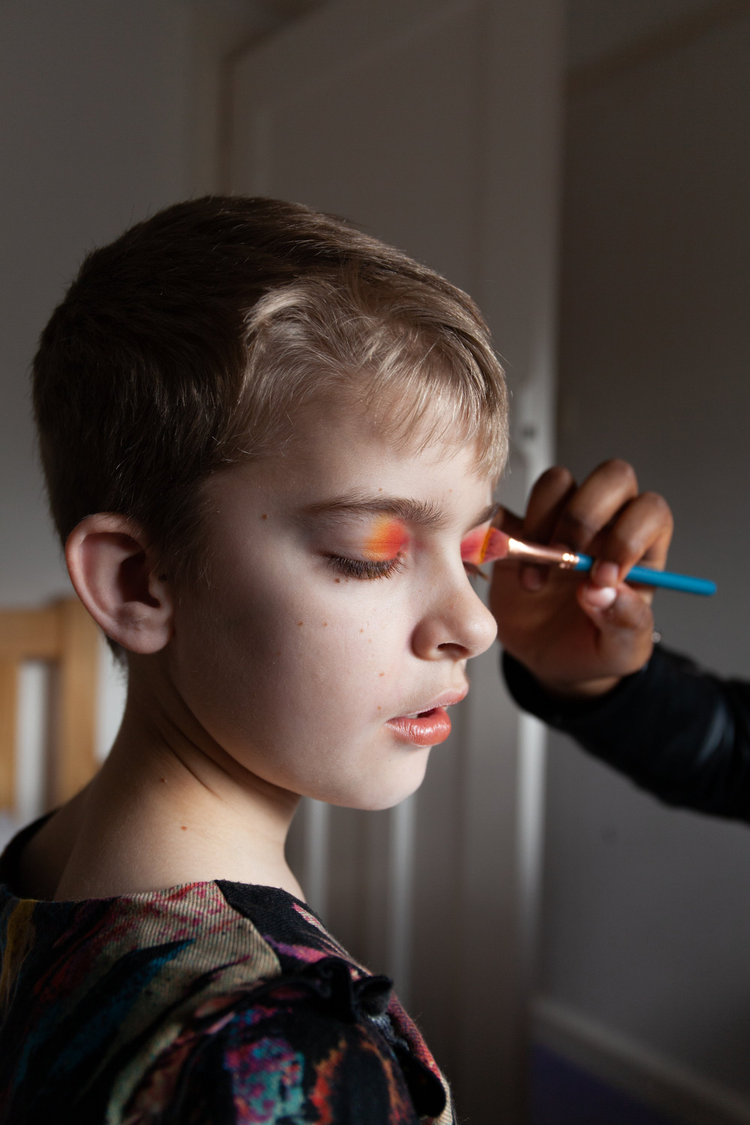
Image source: Adobe Stock / Julia Forsman/Stocksy.
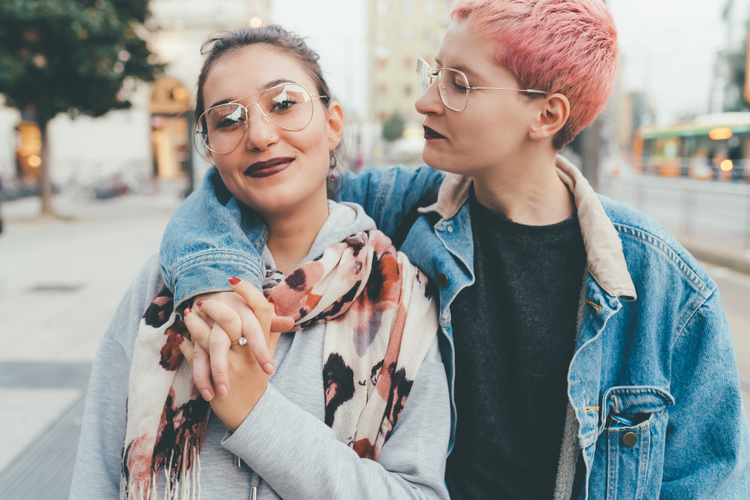
Image source: Adobe Stock/ Eugenio Marongiu.
Gender, representation, and growing visibility
We have seen great strides in gender inclusion made over the past few years, as storied institutions actively call for wider inclusion. As just one mainstream example of this shift, in 2019, Merriam-Webster’s word of the year was singular “they”, one of the more common gender-neutral pronoun options used by people who are neither male nor female.
Recent years have also seen the rise of more authentic representations along the gender spectrum in Hollywood and beyond: in television, major movies, global brand campaigns, and in the world of stock imagery.
Change has been slower in some areas than in others, but there are glimmers of encouragement. While Hollywood has fielded criticism for casting cisgender actors in trans roles, execs have started to rethink this practice. In 2017, Asia Kate Dillon, a nonbinary actor, joined the cast of Wall Street drama “Billions” in the role of Taylor, a venture capital intern who is also nonbinary. The process was educational for Dillon as well as for their coworkers.
“Showtime had a meeting with everyone before my first day of shooting, so then it was just gently correcting people who were misgendering me, not on purpose,” Dillon told the New York Times in 2019. “We’re all ignorant of what we’re ignorant of until we’re not. I had to learn who I was. Giving other people time is important.”
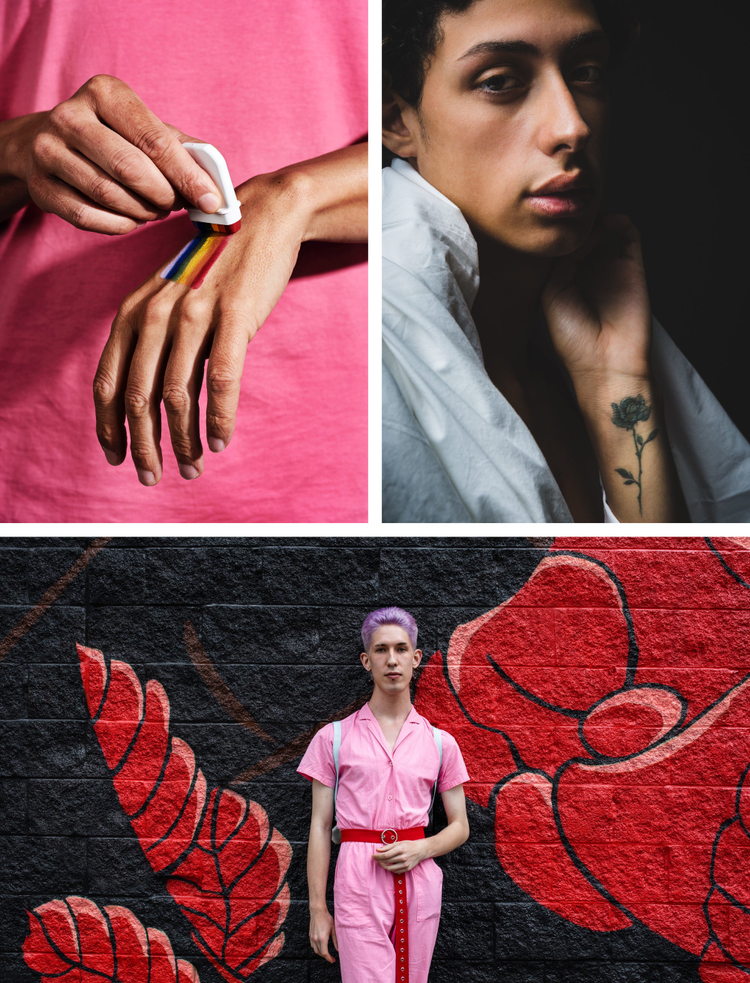
Image source: Clockwise from top left: Adobe Stock/Juan Moyano/Stocksy, Adobe Stock/Giorgio Magini/Stocksy, Adobe Stock/Hero Images.
For some large brands, the time to broaden representations of gender is now. Gillette, for example, recently ran a TV spot featuring a young trans man learning to shave for the first time with help from his eager and supportive father. The pair was a real father-and-son team, telling their true story. Starbucks took a different track and tackled the difficulty that some trans folks may face when changing names, concluding their advertisement with a trans man receiving his correctly labeled coffee order after a day of being constantly misnamed.
A few other brands have also been intentional about including nonbinary genders in their advertising materials. One big standout is Unilever’s 2019 “United We Stand” campaign and sponsorship of WorldPride in New York City. Another noteworthy example is a 2018 Coca-Cola ad campaign which included the use of singular “them” — and premiered during the 2018 Super Bowl.
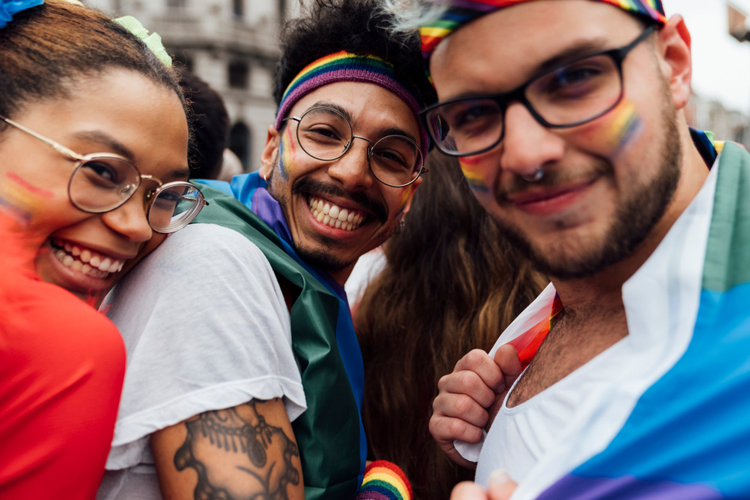
Image source: Adobe Stock/Mattia/Stocksy.
Making authentic imagery more widely available
As global brands increasingly seek more authentic, diverse imagery to better illustrate their campaigns and connect with viewers and customers, the demand for stock content that depicts the true breadth of our world only gets stronger. As we meet this scaling demand from Adobe Stock clients, we need accurate, empowering, everyday visual narratives that represent real people across the gender spectrum.
In the past year, we launched the Adobe Stock Advocates program, to help inspire and support the creation of impactful, honest, inclusive content that meets these needs. As part of the program, we have released eight intersectional creative briefs to help inspire new and diverse visuals. To further scale our commitment to inclusion in stock, we’ve launched a $500,000 creative commission program called the Artist Development Fund, focused specifically on supporting artists who identify with — and depict — underrepresented communities in their visuals. Applications are open.
Artists, see our full call for content: Identity and Gender. Then, share your best new photography, illustrations, vectors, or videos exploring how individuals are expressing their full and unique selves. We cannot wait to see what you create next.